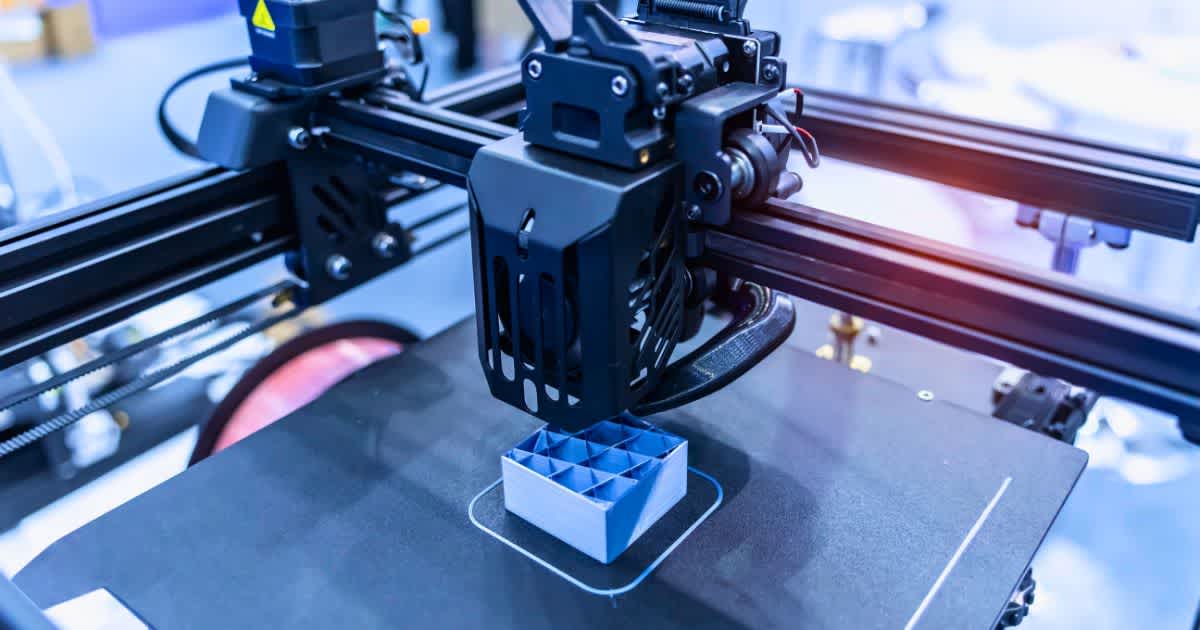Table of Contents
- What is a production strategy?
- On Demand, JIT and JIS at a glance:
- On demand sourcing for lower inventory costs
- Just in time sourcing for reduced processing times
- Just-in-case sourcing for greater production reliability
- Just in sequence sourcing for improved production flow
- What role the individualization of products plays
- Why supply chain management is so important
- Are you already using efficient production strategies?
Production strategy: On Demand, Just in Time & Just in Sequence
Reading Time: 5 min.

Modern production strategies such as on demand, just in time and just in sequence are essential when it comes to resource- and cost-saving production. We outline the advantages they offer and why optimized supply chain management is a key prerequisite.
What is a production strategy?
A production strategy is a structured approach that companies take to optimize their supply and production processes and achieve their business goals. There are various production strategies, such as on demand, just in time (JIT) or just in sequence (JIS), which originate from the world of lean manufacturing or lean production. What they have in common is that they minimize waste for lean production, maximize efficiency and improve responsiveness to market changes. However, they also offer various advantages and disadvantages that need to be considered individually when developing your own production strategy.
On Demand, JIT and JIS at a glance:
On Demand: A part of the Lean principle where production and delivery are based on actual customer demand to avoid overproduction.
Just in Time (JIT): A central element of lean production in which materials are delivered exactly when they are needed in order to minimize stock levels.
Just in Sequence (JIS): An extension of JIT, where materials are delivered in the right order for production to increase efficiency and quality.
On demand sourcing for lower inventory costs
On demand refers to demand-driven production in which the required goods are only produced when there is an actual demand or order. This avoids overproduction and significantly reduces stock levels, which also results in lower production costs. In addition, less capital is tied up in unsold products, which improves liquidity.
Another advantage of on demand is that flexible production can be quickly adapted to fluctuating demand, which enables better responsiveness to market changes.
Advantages of on-demand production:
Reduced stock levels and costs
Greater flexibility and adaptability to changes in demand
Improved customer satisfaction through fast delivery
Just in time sourcing for reduced processing times
Just in Time (JIT) is a strategy in which all materials and components are delivered exactly when the production process requires them. This not only reduces stock levels and therefore costs, but also processing times.
The core principle of JIT is to avoid pointless waste in the production process. This has the advantage of making production leaner and more efficient, as less time and resources are required for storage and inventory management.
Another feature of just-in-time production with more frequent, smaller deliveries is that the quality of materials can be better controlled and problems can be identified and rectified more quickly.
Advantages of just-in-time delivery:
Low warehousing costs
Increased efficiency and leaner production
Improved quality through more frequent, smaller deliveries
Just-in-case sourcing for greater production reliability
The opposite of JIT is just-in-case production, where larger quantities of materials and products are stocked to protect against possible disruptions in the supply chain or sudden increases in demand.
Although this ensures that sufficient stock is always available to avoid production stoppages or delays, JIC can also lead to increased warehousing costs, more complex inventory management and capital commitment. Particularly in industries with fast innovation cycles, there is also a risk that the products held in stock will become obsolete and no longer relevant.
Advantages of just-in-case production:
Protection against supply bottlenecks and changes in demand
Continuous production without interruptions
Greater customer satisfaction thanks to reliable availability
Just in sequence sourcing for improved production flow
Just in Sequence (JIS) is an extension of the just-in-time approach, in which materials are not only delivered on time, but also in the exact sequence required by the production process. This makes JIS particularly relevant for complex manufacturing processes with many individual components, such as those found in the automotive industry. As a result, just-in-sequence delivery can significantly improve the production flow and effectively avoid bottlenecks.
As the materials or required products are delivered in the correct sequence, fewer handling processes and re-sorting operations are necessary. While this requires optimized supply chain management, it makes production leaner, more cost-efficient and less error-prone overall, as workers spend less time searching for the right parts and can focus on assembly instead.
Advantages of just-in-sequence production:
Optimized production processes
Reduced handling costs
More efficient production due to correct sequence of parts

What role the individualization of products plays
As customers are increasingly demanding tailor-made solutions and specific adaptations, the individualization of products is becoming more and more important in many industries. Production strategies such as on-demand, just-in-time and just-in-sequence play a decisive role when it comes to responding flexibly and efficiently to individual customer requirements. On-demand production is particularly well suited to individualization, where products can be tailor-made to meet a specific demand.
Just in time and just in sequence also support this approach. In conjunction with a highly flexible logistics system and optimized supply chain management, the production processes can also be designed in such a way that individualized products are possible.
Why supply chain management is so important
Regardless of which production strategy a company chooses, it is important to have a coordinated supply chain management system in order to maximize the benefits.
For example, efficient procurement logistics in on-demand production ensure that the company can react flexibly and quickly to customer requests. The supply chain is structured backwards from the end customer, which is only possible by implementing logistics systems that allow real-time processing of orders and simultaneously integrate delivery, production and delivery times as well as work step management.
The same applies to just-in-time and just-in-sequence delivery: here, supply chain management enables precise planning and control of deliveries, ensuring that materials arrive exactly when and in the right order when they are needed.
Reliable supplier relationships and close cooperation are key factors in ensuring that materials are always delivered on time and in the desired quality. In addition, automated and optimized ordering processes help to shorten processing times, execute orders quickly and optimize production in the long term.
Are you already using efficient production strategies?
As you can see, efficient production strategies such as On Demand, Just in Time and Just in Sequence can reduce production costs, increase flexibility, improve quality and shorten throughput times. The methods derived from lean manufacturing form the basis for lean production.
Would you like to find out more about efficient production strategies or have customized products manufactured? Do not hesitate to contact us at any time.
Newsletter Registration
Sign up now for our free Line Up newsletter and stay up to date.





